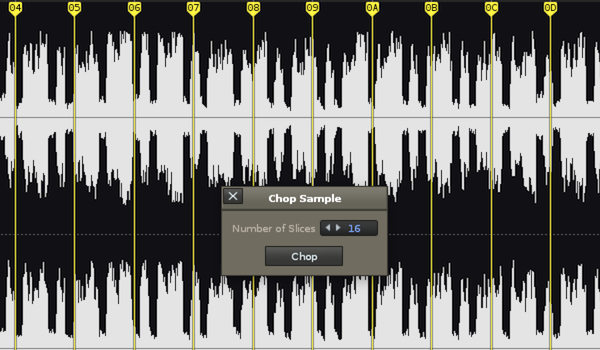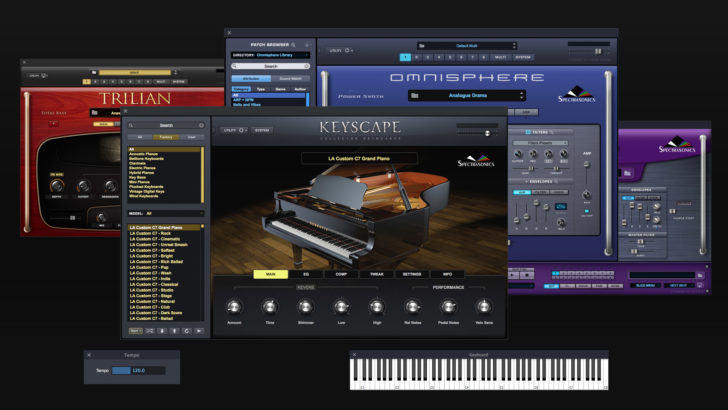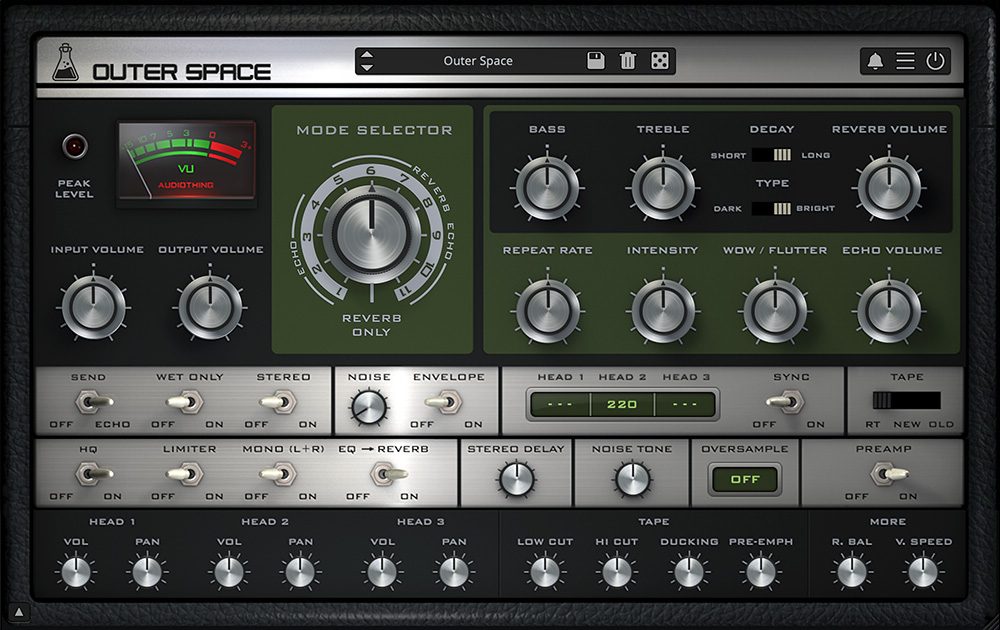Adding variation to a track – 5 top tips
As a producer, adding variation to a track is one of the most essential factors in keeping listeners engaged with your music. This is particularly important in this ‘quick-skip’ era of streaming. Crucially your opening few bars need to grab people’s attention but then you need to keep them on board for the duration of the ride. In this article, we explore a number of ways to add variation and in turn, breathe life into your productions.
Chop sample loops

Chopping up audio samples to introduce variation in your track offers several distinct advantages. Firstly, it allows you to create original and unique musical arrangements by manipulating or flipping individual sections of a sample. For example, you may have a 4-bar melodic loop that if repeated for the full duration of a song would become monotonous. I have listed a number of ways in which you can flip such loops below.
- Try switching the bars around to provide new progressions.
- Stagger or repeat certain sections of the loop.
- Isolate interesting parts of the sample and play these on their own as stabs/hits
- reverse all or part of the sample loop
- Use a stem-separating tool to isolate certain parts of the sample.
- Apply a low pass filter to the loop. You could then leave short sections of the sample unfiltered. for instance the first note(s) of a bar. Try adding a delay or effect to the unfiltered parts.
If you’re an Ableton user we’ve produced a video showing some great easy-to-follow sample chopping workflows. Check it out here
Incorporating Rhythmic Alterations
Drums and percussion offer a great opportunity to add variation. While you will most probably have your main looping drum pattern, adding plenty of variation to this pattern can really add life to a track. Dropping the drums out at key moments can help emphasise certain sections. Drum rolls and fills can have the same effect. Certain genres, particularly within the EDM field make great use of rhythmic peaks and troughs. The drop, as it’s known, can often represent the cornerstone of a dance track. Here are a few more creative tips on how to incorporate rhythmic variation.
- try adding a really long reverb when dropping your drums out. this works very well on snares.
- If using drum layers consider dropping them out from time to time to change the sonic characteristics.
- When using percussive elements try playing these in live and keeping them unquantised for a more live natural feel.
- Experiment with removing one or more individual drum tracks throughout your arrangement i.e. The kick or Hai-Hat track
- The crash cymbal is your friend! Add it to sections that need to be emphasised for maximum impact.
- If you use pre-made drum loops consider also acquiring the one-shots so you have more flexibility.
Exploring Instrumentation Changes

Adding variation to a track can also be achieved by experimenting with different instruments or timbres. Introducing new instruments or subtly altering the notes being played can provide endless arrangement possibilities. Making slight variations in the playing of instrument parts can give a track a much more live sound and prevent the often mechanical feel of midi-based music. Here are some more ideas for adding variation through your instrumentation.
- If using a synth sound consider making changes to the synth’s parameters throughout the arrangement.
- Make good use of articulations and velocity levels to add variation to the instrument’s performance. This is particularly useful when it comes to acoustic instruments such as Brass and String instruments.
- Try layering your instruments. It’s really easy to copy and paste an instrument’s midi information onto another track. Try dialling in complimentary instruments and introducing them at certain points in a track.
- Incorporate counterpoint by introducing a contrasting instrument that plays a complementary melody or harmony. For instance, if your main melody is played on a trumpet, bring in a clarinet to harmonize or play a counter-melody.
- Change the tone and timbre of the instruments within a section. For example, you can switch from clean electric guitar tones to distorted ones to create a more aggressive or intense feel.
Applying Dynamic Shifts
Dynamic shifts, involving changes in volume and intensity, can play a crucial role in adding variation to a track. Here are 6 ways you can use dynamic shifts to create variation in a track.
- Crescendo: Gradually increasing the volume and intensity of the music can build tension and anticipation, creating a powerful and climactic moment within the track.
- Diminuendo: The reverse of a crescendo, a diminuendo involves gradually decreasing the volume and intensity. This can be used to create a sense of resolution, allowing the track to gracefully transition into a softer or more introspective section.
- Sudden Dynamic Contrast: Abrupt shifts from loud to soft or vice versa can provide a striking contrast that captures the listener’s attention. This technique can be especially effective in adding unexpected twists to your track.
- Dynamic Accents: Emphasizing specific notes or beats with dynamic accents can highlight key moments in your composition. For example, a sudden loud accent on a downbeat can give a sense of impact and emphasis.
- Dynamic Fluctuations: Incorporating subtle variations in volume throughout a section can add a sense of movement and emotion to the music. These fluctuations can be used to convey a sense of ebb and flow, creating a dynamic and expressive performance.
- Dynamic Swells: Creating waves of dynamics by alternating between crescendos and diminuendos can add a sense of motion and drama to your track. This technique is often used to evoke a sense of rising and falling action within the music.
Experiment with Effects

Incorporating effects and processing techniques can be instrumental in adding variation to a track. Effects like reverb, delay, and distortion can transform the sound of a track and take it in unexpected directions, keeping it fresh and exciting. Here are some creative uses of effects that can really help in adding variation to a track.
- Use Automation to animate your effects. Subtly bring effects in and out or create build-ups.
- Completely remove the dry signal in places. This has been a popular technique with adlib vocals but equally it can work with sounds and instruments.
- Sound FX are great for providing additional variety. Spacy, horror, textural, adlib, spoken word and scratched FX are just a few of the types of sound effects that can sound great.
- Introducing ambient texture FX throughout a track can provide interesting variations, often providing a cinematic or nostalgic feel. Foley sound FX are perfect for this.
- Try adding and automating a wha-wha type filter effect. Although the Wha-Wha effect is most commonly associated with guitar it can sound great on other instruments so try experimenting
Summary
While the potential for introducing diversity and variation into a track is boundless, I trust the ideas presented in this article may offer some valuable assistance. These techniques could be used to enhance and finish a track or maybe you’re looking for ideas on how to expand a basic track structure. The main thing is to embrace the endless possibilities available in this digital age and have lots of fun in the process.
Remember – RouteNote Create subscriptions start from as little as $2.99. You also get 10 FREE credits to spend on samples along with access to our FREE sample pack bundle when you sign-up!
